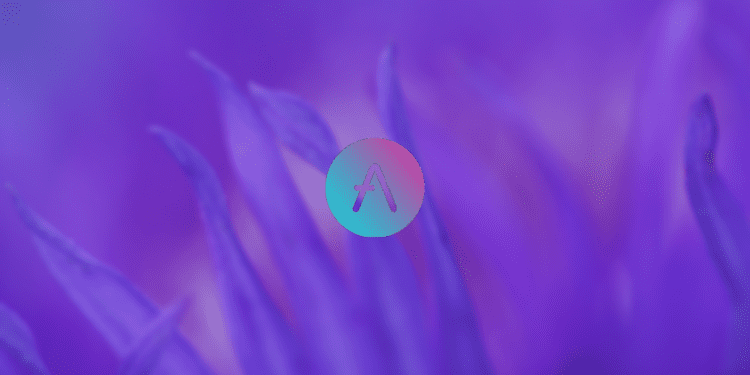DeFi lending platform Aave approved over $16 million in retroactive funding as payment to its developers for their role in developing and deploying Aave Protocol V3.
For most of their existence, Decentralized Autonomous Organisations (DAOs) rely on proposals and community votes to determine their paths. And this is no different with Aave, the giant DeFi lending platform.
The decision-making process involves voting by community members who are also token holders. They vote on new developments, plan for community growth, and other issues as their community members propose.
Proposal for Retroactive Funding
Initially pitched on August 10, 2022, and posted on Aave Governance Forum, the proposal read, “We propose that Aave DAO retribute a total of $16.28M in retroactive funding to Aave Companies for the development of V3 Aave protocol by Aave companies”.
The proposal passed on August 9 after reaching a quorum with over 669,000 votes, an amount surpassing the 320,000 votes required. And upon close observation of the community discussion on the governance forum, members were positive and expressed their support for the proposal.
Compensation Model and Assets Covered
A breakdown of the funds includes $15 million for payment for work performed by the protocol builders over one year, with 60% of the compensation funds going to engineering-based roles and 40% to other non-engineering functions like product management and design. The remaining 1.28 million will be paid to third-party auditors like ABDK, Peckshield, OpenZeppelin, and others for a cost.
The payment of compensation funds will be from various assets from the Aave treasury. According to the proposal, the $15 million funding will combine Stablecoins, Aave tokens, and other crypto tokens.
The funds are $6 million in Aave tokens, $5.4 million spread over Stablecoins like USD Coin (USDC), Dai (DAI), Tether (USDT), $1 million in other alternative stable assets, and $3 million in volatile crypto assets like ETH, BTC and other governance tokens.
Aave V3 Protocol
The Aave V3 protocol debuted in March 2022. Iterating the previous protocol versions, V3 introduces “high-efficiency mode, improved risk management, Layer 2 specific features which will enhance reliability and user experience.
One significant improvement is the introduction of cross-chain portals, which allow users to swap assets seamlessly on other blockchain networks where Aave is deployed. In addition, protocol users who deposited into Aave got “atokens.” This feature paved the way for on-chain trading activities such as arbitrage, and isolated liquidity pairs meant that users could manage their positions for individual assets separately.
Named contributors to the Aave V3 Protocol include development firms: BGD Labs, Llama, Certora, SigmaPrime, Gauntlet, and Aave Companies.
The request for retroactive funding is backed by a medium collaborative post between Ethereum co-founder Vitalik Buterin and Ethereum layer two blockchain Optimism. The blog post posits that the “retroactive public goods funding model” presents project builders or developers with the incentives to continue building with the assurance of getting paid upon completion of projects based on the value such project provides.
As noted in the post, the core principle behind this model is that while agreeing on what will be helpful is often more problematic, it is easier to decide what is practical.
According to the V3 retroactive funding, hindsight allows the Aave community to make fair and accurate quantification of the work done on V3 against the backdrop of V3 protocol post-launch.
Conclusion
Data from Nansen presents a considerable drop in the value of Aave’s liquid assets. From over $800 million during the bull run in April to $378 million at the time of writing. However, despite the considerable price difference, the vote in favor of the proposal suggests that the community members are optimistic about its developers’ work and believe they deserve to be paid for their work.














